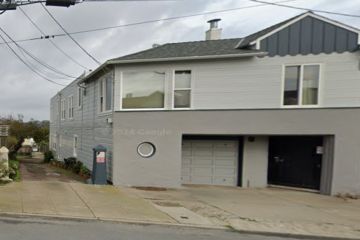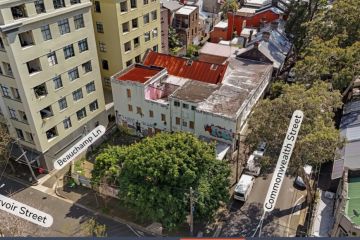ACT home loan numbers keep increasing
The number of people taking out new home loans in the ACT increased for the third straight month, likely influenced by the Reserve Bank’s recent rate cuts.
New figures from the Australian Bureau of Statistics issued today show a 1.7 per cent increase – to a seasonally adjusted 879 – in new loans to owner occupiers in the territory in June. Despite the increase, the value of these loans was steady at $250 million.
The data also reveals that the average loan taken out in Canberra in the month was $283,400, in unadjusted terms, a bit below the national average of $295,500 but largely unchanged from the $283,300 in May. The average loan to build a home in Canberra was $231,100, to buy a new home was $375,300 and to buy an established home was $287,300.
Nationally, there was a 1.2 per cent increase in new loans to owner occupiers. There were increases of 4.9 per cent in loans to build homes and 9.7 per cent to buy new homes – but just a 0.3 per cent increase in loans to people buying established homes, which account for the vast majority of loans.
“In seasonally adjusted terms, the total value of dwelling finance commitments excluding alterations and additions rose 2.4 per cent,” the bureau said.
The value of loans to owner occupiers was up 1.2 per cent, and the value of loans to investors rose 4.9 per cent.
Westpac economists said the increased number of new loans came after a “choppy nine months although special factors, the expiry of buyer incentives in several states in particular, likely saw some pull-forward effects in the month”.
“The upgrader market remains essentially flat with loans up 1.2 per cent only partially reversing a 1.5 per cent fall in May. Loans to this segment are unchanged from a year ago,” they said.
JP Morgan economist Tom Kennedy said home loans were remaining “stubbornly soft despite looser monetary conditions”.
“[This] is in direct contrast to the other housing related data such as building approvals and the house price index which have both received a notable boost following the back to back rate cuts by the RBA. It appears the broader macro theme of consumer deleveraging is keeping loan demand sluggish, a trend that is unlikely to reverse in the near term considering the uncertainties that loom over the household sector,” he said.
The Reserve Bank left rates unchanged when it held its monthly meeting yesterday, and CommSec economist Savanth Sebastian said the results were unlikely to change the central bank’s view.
”A low inflation environment and downside risks to the global economy will keep the door firmly open for further rate cuts. The improvement on the housing front is encouraging given it’s a big multiplier for effects across the economy. However an ongoing improvement will be required to ensure policymakers feel more comfortable about the economic landscape. CommSec believes the Reserve Bank could cut rates once again before the end of the year,” he said.
We recommend
We thought you might like
States
Capital Cities
Capital Cities - Rentals
Popular Areas
Allhomes
More







